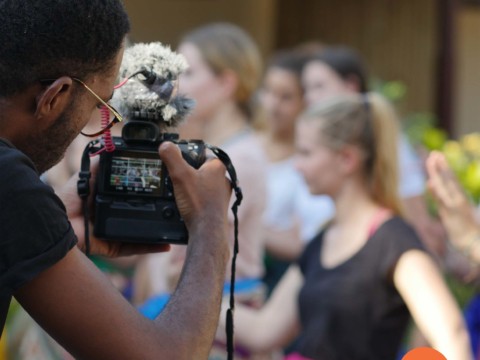Volunteering in our modern society is considered an altruistic activity where people travel to places to offer their skills and services without the intention of remuneration. It is highly regarded as an activity that enhances interpersonal and intrapersonal skills, while at the same time, provides a variety of benefits to the local communities where the volunteer is involved in.
With the advent of information technology and air travel, volunteering is now becoming more commonplace in societies. People are travelling far from home to volunteer in faraway communities, offering their skills for the betterment of the community and also themselves. But, was volunteering always like this? In this post, we’ll explore the history of volunteering.
The spirit of volunteering has had its ups and downs during the course of human history. As observed by Arthur Gillette, prior to the Industrial Age, societies were mostly close-knit, agrarian or nomadic communities. Living in such small communities required teamwork and selflessness. Say, someone helped you, out of pure altruism, to repair your broken horse cart. After the Industrial Revolution, these small communities began to disappear as they evolved into the more efficient assembly-line societies working at a company. Division of labour split communities apart and individualism was prevalent. Tight-knit communities supporting one another seemed to be a thing of the past. Volunteerism then re-emerged in the 1920s, after the First World War. The horrors of the war drove people from battle-worn countries to band together and found the first recorded voluntary organization known as Service Civil International (SCI) in France. The organization expanded rapidly during the 1930s, spreading the spirit of volunteerism throughout the war-torn continent. The organization was then emulated in other countries, for better and for worse. In the United States, programs similar to the SCI provided young unemployed people with fulfilling social work during the Great Depression.
But perhaps the most important development in international volunteering was the birth of the United Nations Volunteers programme (UNV). Prior to the UNV, volunteers were organized nationally. Each country had their own volunteer organization such as the British Volunteer Program, US Peace Corps, and Deutsche Entwiklungsdienst. As such, each country has a different history and therefore, different perspectives when it comes to volunteering. These organizations continued to function throughout and after World War II, especially in assisting post-war reconstruction efforts. Cooperation among volunteers worldwide saw an increase during the Cold War, as volunteers from East and West came together to “rust the Iron Curtain”, as Gillette wrote. There were also attempts to politicize volunteering, to make volunteers soldiers during the Cold War.
To prevent volunteers from being used as soldiers, an UN-backed volunteer corps was established. Under UNESCO, the corps started off as small teams, mostly comprised of American volunteers, working in Arab states and Latin America. In the early 1970s, the UNV was formally established, marking a global attempt to coordinate volunteers. From thereon, countless non-government organizations are recruiting volunteers to create more good in the world, provide people around the world chances to help one another in distant lands, and help less fortunate people towards a better tomorrow.




